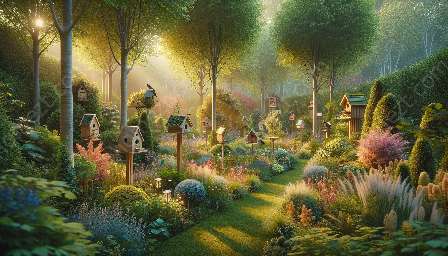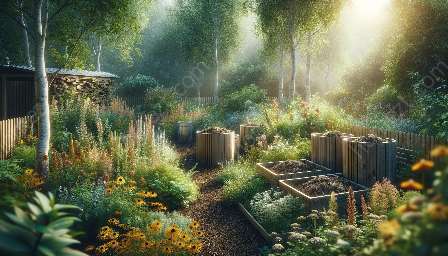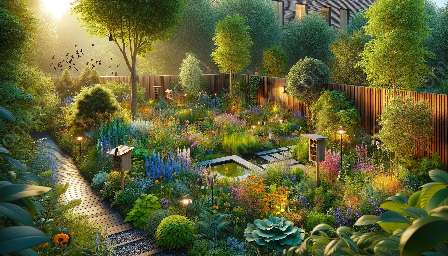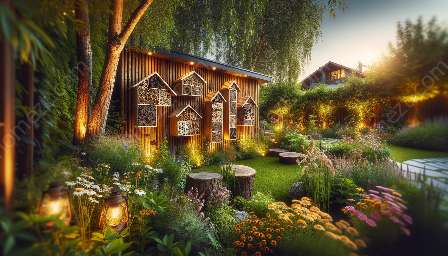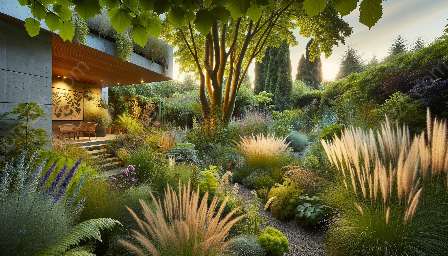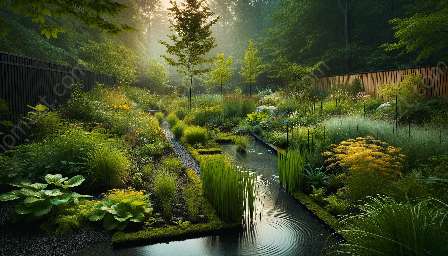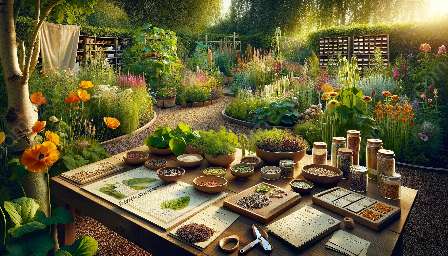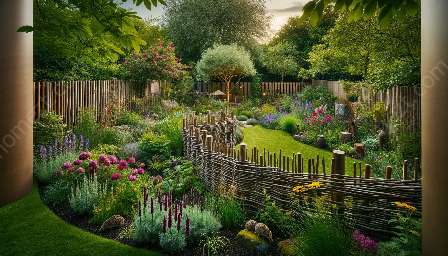Wildlife-friendly fences are an integral part of promoting biodiversity and coexistence with nature in both wildlife gardening and landscaping. By using innovative designs, materials, and strategies, these fences can create safe passages for wildlife, protect natural habitats, and enhance the beauty of outdoor spaces. This article explores the importance of wildlife-friendly fences, their compatibility with wildlife gardening, and their role in sustainable landscaping.
The Importance of Wildlife-Friendly Fences
Wildlife-friendly fences play a crucial role in creating wildlife-friendly environments within gardens and landscaping projects. These fences are specifically designed to allow wildlife to move freely, maintain natural behaviors, and access essential resources while preventing them from being trapped or injured by traditional barriers.
Moreover, wildlife-friendly fences also contribute to the conservation of biodiversity by protecting wildlife habitats. They can help mitigate habitat fragmentation, which is a significant threat to many species, by providing safe corridors for wildlife to move between fragmented habitats.
Design and Materials
When creating wildlife-friendly fences, it's essential to consider the design and materials used. The design should prioritize permeability and wildlife passage by incorporating features such as gaps at the bottom of the fence, wildlife overpasses, and hedgerow connections.
Materials for wildlife-friendly fences should be carefully selected to minimize harm to wildlife. Options include natural materials like wooden posts and rails, as well as synthetic materials that are designed to be non-injurious to animals. Additionally, utilizing materials that blend harmoniously with the natural surroundings contributes to the aesthetic appeal of wildlife-friendly fences.
Strategies for Effective Wildlife-Friendly Fences
Implementing specific strategies can maximize the effectiveness of wildlife-friendly fences. These strategies may involve creating wildlife-friendly zones within the garden or landscape, choosing appropriate fence heights and configurations to accommodate various species, and integrating habitat enhancements such as nesting boxes, feeding stations, and native plantings along the fence line.
Compatibility with Wildlife Gardening
Wildlife-friendly fences are perfectly compatible with wildlife gardening, as they create a safe and inviting environment for a wide variety of wildlife species. These fences enable wildlife enthusiasts to design gardens that support and attract wildlife while ensuring their safety and well-being. By incorporating wildlife-friendly fences, wildlife gardening enthusiasts can create continuous wildlife habitats, where animals can find food, water, shelter, and nesting sites.
Enhancing Landscaping
Besides their compatibility with wildlife gardening, wildlife-friendly fences also contribute to enhancing landscaping projects. These fences add a natural and ecological dimension to landscaping designs while providing a functional and attractive boundary. By seamlessly blending with the surrounding environment, wildlife-friendly fences create a harmonious transition between human spaces and natural habitats.
Conclusion
Wildlife-friendly fences are essential elements of wildlife gardening and sustainable landscaping. By prioritizing wildlife passage, habitat protection, and aesthetic appeal, these fences contribute to creating a more biodiverse and harmonious outdoor environment. Embracing wildlife-friendly fences aligns with the principles of coexistence with nature and fosters a deeper connection between people and wildlife in urban, suburban, and rural settings.

